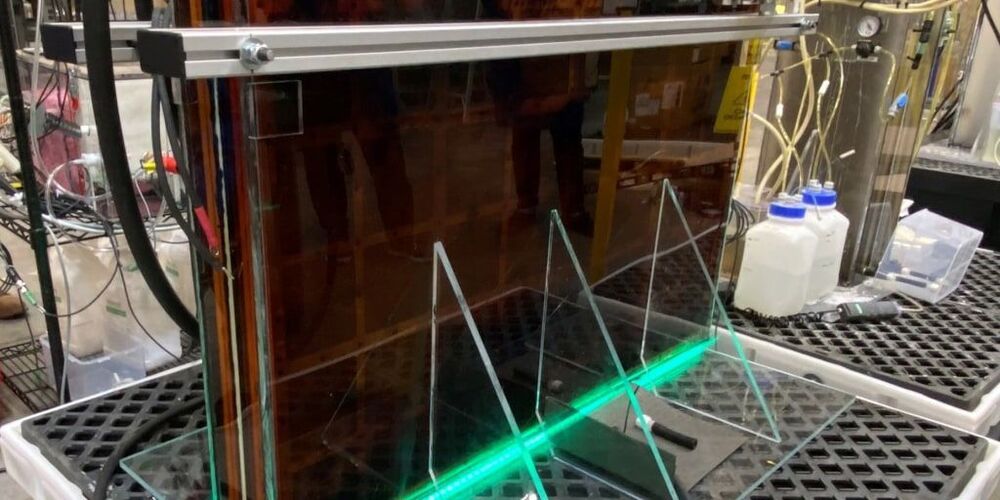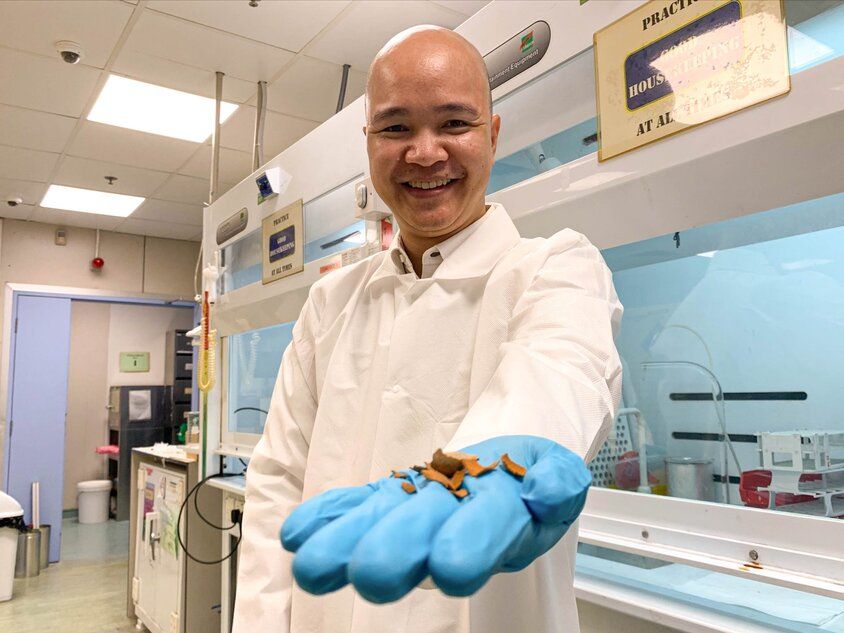Seeing the environmental crises rising particularly because of the construction sector, more conscious choices regarding building materials need to be considered. Since the beginning of our craft, architects and constructors have been trying to utilize natural materials in buildings—either used in their raw form, like bamboo, or processed and incorporated into different materials. Hempcrete is one type of concrete incorporating natural materials; it is energy-saving and durable.








